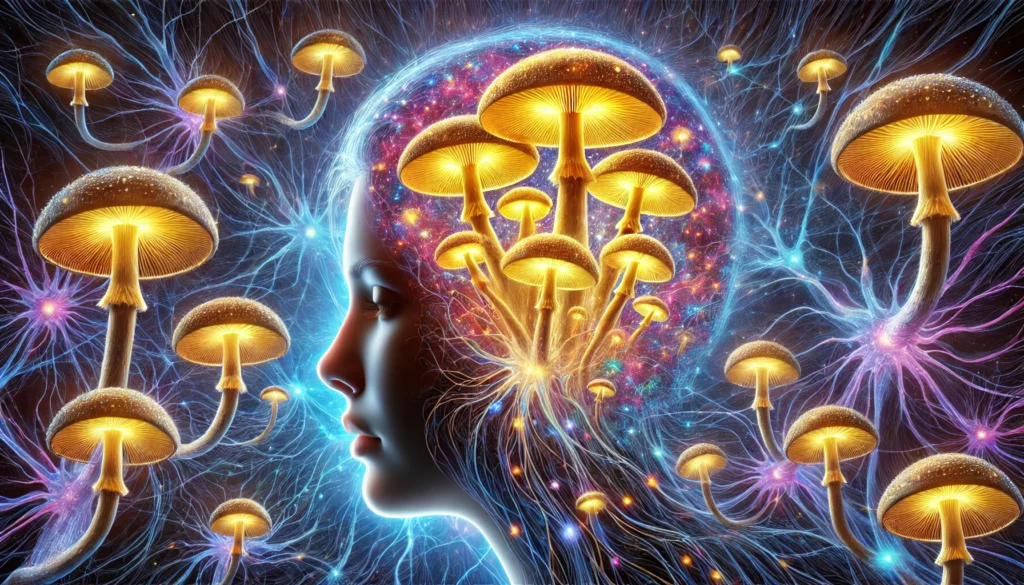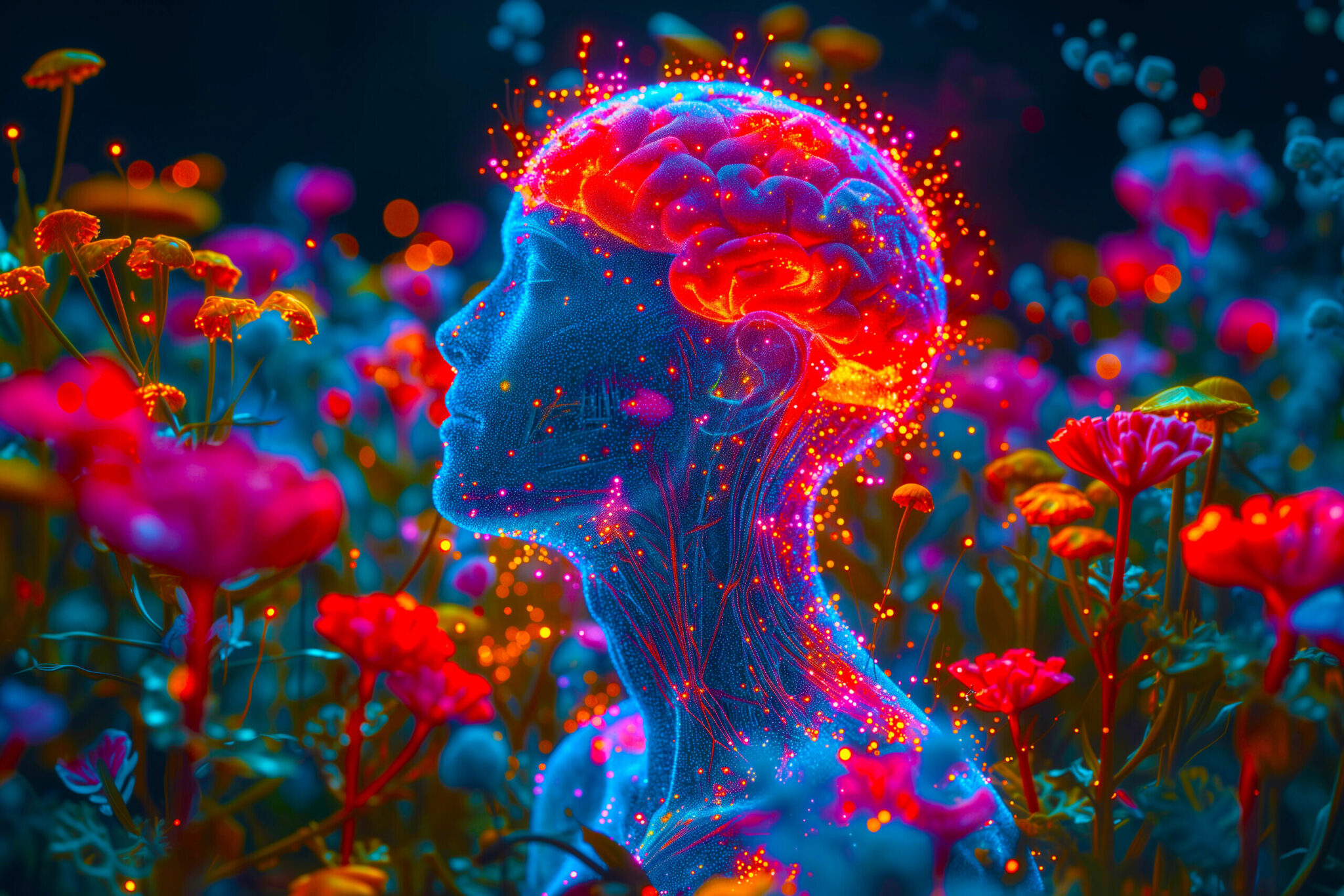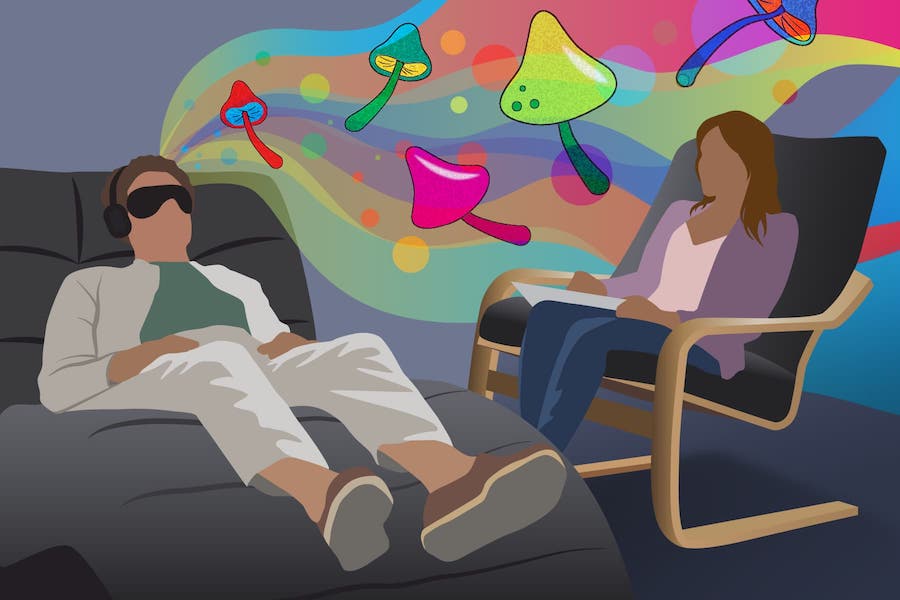
Psychedelics have re-emerged as a prominent topic of research and discussion in the realms of psychology, neuroscience, and medicine. These substances, known for their profound effects on perception, mood, and cognition, have intrigued humanity for centuries. Although the use of psychedelics is often associated with recreational purposes, a growing body of evidence highlights their potential therapeutic benefits. This article explores what psychedelics are, delves into their mechanisms of action, and discusses their implications for mental health.
Understanding Psychedelics
Psychedelics, also referred to as hallucinogens, are a class of substances that induce altered states of consciousness, perception, and thought. Common examples include:
LSD (Lysergic acid diethylamide): A synthetic compound that alters perceptions and enhances sensory experiences.
Psilocybin: Found in “magic mushrooms,” this naturally occurring substance can induce visual and auditory hallucinations.
DMT (Dimethyltryptamine): A potent psychedelic found in various plants, known for producing intense but short-lived experiences.
Mescaline: A naturally occurring psychedelic found in the peyote cactus, often used in cultural rituals.
Psychedelics interact with neurotransmitter systems in the brain, particularly the serotonin system, leading to their characteristic effects.
How Do Psychedelics Work?

1. Serotonin Receptors and the Brain
The primary mechanism through which psychedelics exert their effects involves interaction with serotonin receptors, particularly the 5-HT2A receptor. This receptor is abundant in various brain areas, including the prefrontal cortex, which is responsible for complex cognitive processes, decision-making, and mood regulation.
– Agonism: Psychedelics act as agonists at the 5-HT2A receptor. This means they bind to the receptor and activate it, leading to a cascade of neural activity that can change perception and thought processes.
– Neuroplasticity: The activation of these receptors is linked to increased neuroplasticity, the brain’s ability to reorganize itself by forming new neural connections. This is believed to underlie some of the therapeutic effects observed in clinical studies.
2. Altered Brain Connectivity
Research utilizing brain imaging techniques, such as functional magnetic resonance imaging (fMRI), has revealed that psychedelics can significantly alter brain connectivity patterns.
– Default Mode Network (DMN): Under normal conditions, the DMN is active during introspective thought and self-referential processing. Psychedelics often decrease activity within the DMN, which can lead to feelings of ego dissolution and a sense of interconnectedness with the world.
– Increased Global Connectivity: Users of psychedelics often experience heightened interconnectivity between different brain regions. This can result in novel thoughts, insights, and a broadened perspective, which may be beneficial in therapeutic settings.
3. Psychological Effects and Experiences
The subjective effects of psychedelics can vary widely, influenced by factors such as dosage, individual differences, and setting. Common psychological effects include:
– Visual and Auditory Hallucinations: Users may report seeing vivid colors, patterns, or even entities that are not present in reality.
-Emotional Release: Many users experience intense emotions, which can range from profound joy to deep sadness. This emotional experience can facilitate therapeutic breakthroughs in clinical settings.
– Enhanced Insight: Psychonauts often report deeper self-awareness and insights into their personal challenges or existential questions during psychedelic experiences.
The Therapeutic Potential of Psychedelics

As research continues to evolve, there is growing interest in the therapeutic applications of psychedelics for treating various mental health disorders, including:
Depression: Studies show that psychedelics, particularly psilocybin, can lead to significant reductions in depressive symptoms.
Anxiety Disorders: Patients with anxiety related to terminal illness have reported substantial relief following psilocybin-assisted psychotherapy.
Post-Traumatic Stress Disorder (PTSD): Early research suggests that MDMA, often categorized with psychedelics, may enhance therapeutic processes for individuals dealing with trauma.
Substance Use Disorders: Psychedelics help people escape cycles of addiction by fostering new perspectives and personal insights.
Conclusion
Psychedelics represent a complex interaction of neurochemistry, psychology, and potential healing. By engaging serotonin receptors, altering brain connectivity, and facilitating unique psychological experiences, these substances hold promise for both enhancing our understanding of consciousness and providing novel therapeutic avenues for mental health treatment. As stigma wanes and research expands, the future of psychedelics in medicine looks increasingly bright, inviting a closer examination of their benefits and risks. It encourages us to consider how these substances, once relegated to the fringes, may contribute to a new frontier in mental health care and human understanding.





